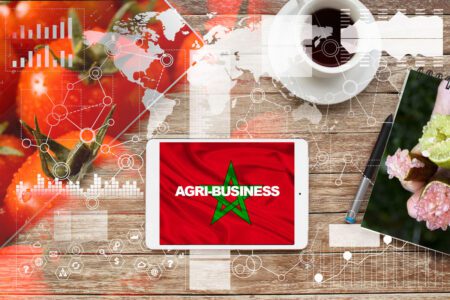Moroccan agriculture exports its water. Did you know that tomatoes and melons, which require hundreds of litres of water, are grown in the Sahara?
Moroccan agriculture, a key challenge
Morocco is an essentially agricultural country. Its economy lives to the rhythm of its аgrісulturаl саmраіgnѕ, which determine the amount of foreign currency that will have to be used to import wheat or sheep for Ramadan.
Although the rural exodus has partially emptied the countryside, with Moroccans emigrating to the cities, mainly Casablanca, in search of work, a large part of the country still lives from its agriculture, around 40% of the population. The agricultural workforce is poorly trained and receives a minimum wage of 2,303 dirhams instead of 3,311 dirhams for the SMIG.
The semi-failure of the Green Morocco Plan
Launched in 2008, the Green Morocco Plan is now соntеѕtеԁ, in particular for having promoted crops that require too much water in semi-desert regions (the famous Zagora watermelons). However, he has succeeded in improving the quality of the Moroccan brand and developing PDOs and PGOs. Morocco remains an exporter on the international market, where it competes with Spain, among others.
The water challenge
The drought that has hit Morocco for several years now, with very low dam levels, is a major concern. Morocco is trying to develop more intelligent crops, irrigation managed by sensors, etc., but this remains illusory in many rural areas where farmers do not have the necessary technical skills to manage it.
In recent years, Morocco has embarked on desalination. Although this technique is highly polluting, it will nevertheless save Moroccan agriculture. But it has a major social impact: with the cost of a litre of water increasing tenfold, many small-scale farmers in the suburbs have been forced to rent out their land to large companies, which are the only ones with the means to pay these prices.
Setting up an agri-food/farming project in Morocco
Although the purchase of agricultural land is reserved for Moroccans, it is still possible to set up projects in the agricultural sector: providing skills, engineering, processing, etc.


